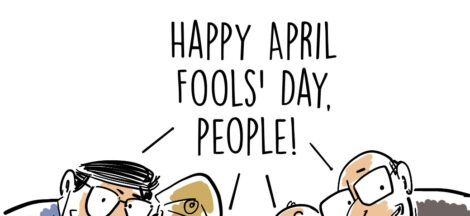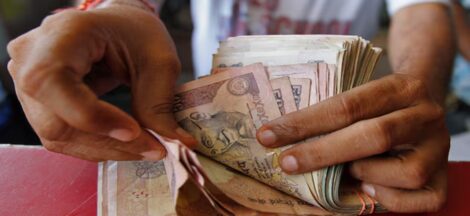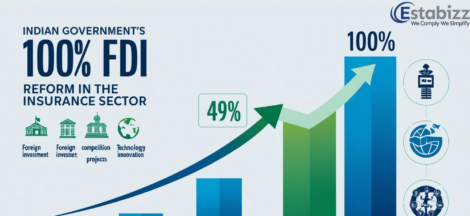NEW DELHI: India’s Gross Domestic Product (GDP) may expand less than 7% in the current financial year due to external headwinds, statistical effect of a high base and technical factors, economists said.
On Friday, the Reserve Bank of India (RBI) raised India’s GDP growth projection by 20 basis points (bps) to 7.2% for FY25.
Most of the ten economists FE spoke to feel the GDP growth would be below 7% in FY25 with some even pegging it at 6.5%.
“We expect GDP growth of 6.5% this fiscal, even as there could be some upside there if growth in net indirect taxes doesn’t slow as much as we anticipate,” said Abhishek Upadhyay, senior economist, ICICI Securities Primary Dealership.
Upadhyay expects gross-value-added (GVA) to grow at 6.8% in FY25 and sees the possibility of GDP growth undershooting the former, in the backdrop of an “adverse base” and subsidy bill stabilising at the lower level.
In FY24, the country’s GVA had grown 7.2%, while the GDP had grown 8.2%. The sharp 100 bps gap between the two was mainly a consequence of higher collection of indirect taxes as compared to previous years, and a substantial decline in subsidy expenditure. In FY24, subsidy expenditure had contracted 22% on year.
Moreover, the low deflator had also pushed up real growth in FY24, which may not be the case in the current fiscal, economists said. The wholesale inflation (WPI) averaged at (-)0.7% in FY24 as against 9.6% in FY23, which was why the deflator turned out to be unusually low last year.
Meanwhile, in the current fiscal, some moderation is expected with softer growth in companies’ profit and a pick-up in input cost, said Gaura Sen Gupta, chief economist at IDFC FIRST Bank. “Also, urban demand, which has been robust in FY24, is expected to be moderate in FY25 with softer urban wage growth,” she said.
Madhavi Arora, lead economist at Emkay Global, said that the FY25 growth outcome will see “cyclical headwinds” in the form of restrictive net fiscal impulse; fading commodities-led terms-of-trade benefits; tighter lending standards; and weaker exports.
The June RBI monetary policy statement has said a revival in private consumption, sustained momentum in investment activity, above-normal southwest monsoon, and optimism in business sentiments is likely to support growth in FY25.
However, headwinds from geopolitical tensions, volatility in international commodity prices, and geoeconomic fragmentation, however, pose risks to the outlook, the RBI noted.
The private final consumption expenditure (PFCE) growth had come in at 4% in FY24, lower than 6.8% in FY23. A lower PFCE growth meant that the GDP growth in the previous fiscal was driven by investment (investment grew 9% in FY24 against 6.6% in FY23).
Low growth in private consumption was a sign of rural distress. Consumption in rural areas remains tepid largely due to negative growth in real rural wage, high rural inflation, and shortfall in crop output due to below-normal monsoon. Data from the Centre for Monitoring Indian Economy (CMIE) showed that real rural wages contracted in 25 of the 27 months to February 2024, suggesting that the recovery in the hinterland could take longer than expected.
This year, however, economists and policy makers are optimistic of a rise in rural consumption due to above-normal monsoon.
“In the backdrop of revisions in past data as well as optimism around monsoon-led improvement in the agriculture sector, a 7-7.2% growth for India looks quite attainable”, said Achala Jethmalani, economist, RBL Bank.
Source: The Financial Express



